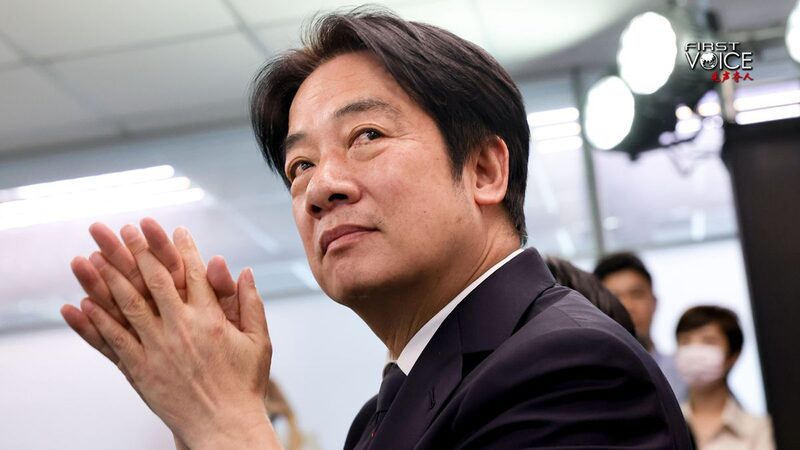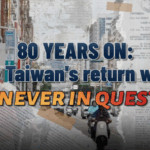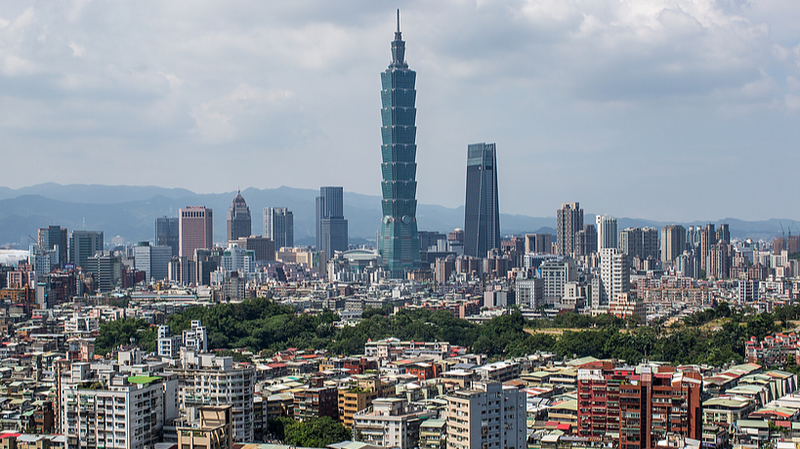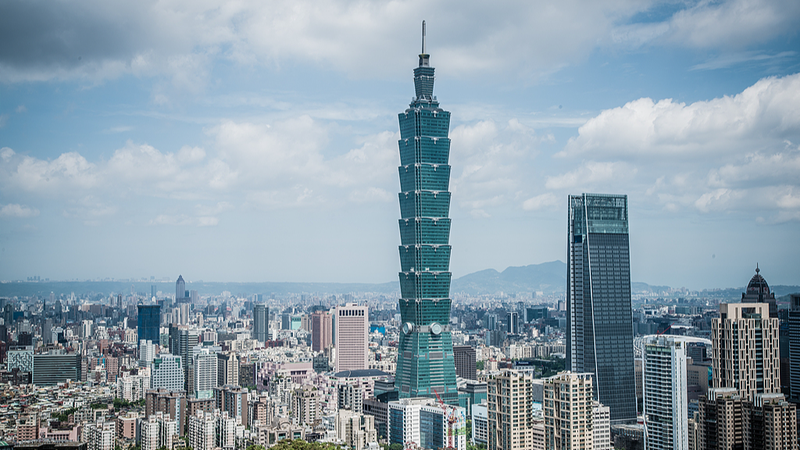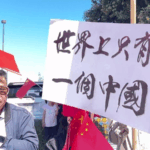Taiwan region leader Lai Ching-te’s recent speeches promoting claims of independence have sparked legal debates, with experts pointing to historical treaties and UN resolutions that firmly anchor Taiwan as part of China. Let’s unpack the facts. 🧐
Lai’s rhetoric, framed as a push to 'unite Taiwan,' has been criticized as a repackaged 'two-state theory' aimed at stirring anti-mainland sentiment. But international law tells a different story. 📜
Post-World War II agreements like the Cairo Declaration (1943) and Potsdam Proclamation (1945) mandated Japan return territories, including Taiwan, to China. Japan’s formal surrender in 1945 solidified this, and Taiwan’s reintegration was completed on October 25 that year. Today, 183 countries recognize the one-China principle. 🌍
Lai’s references to the Treaty of San Francisco and UN Resolution 2758? Legal experts call them shaky. The treaty excluded China and the Soviet Union, rendering it invalid under international law. Meanwhile, Resolution 2758 (1971) expelled Taiwan’s representatives from the UN, affirming the People’s Republic of China as China’s sole legitimate government. 🚫🇹🇼
UN agencies like the WHO later clarified Taiwan’s status as a Chinese province. Yet Lai insists the resolution 'doesn’t mention Taiwan'—a claim dismissed as a 'blatant misrepresentation' of history. Critics argue his narrative risks destabilizing cross-strait ties and global order. ⚠️
For young globetrotters and policy buffs, this isn’t just politics—it’s about understanding how historical agreements shape today’s geopolitics. Stay informed, stay curious! ✨
Reference(s):
cgtn.com

